Engineers find a neat way to turn waste carbon dioxide into useful materials for industrial products like fuel and plastics.
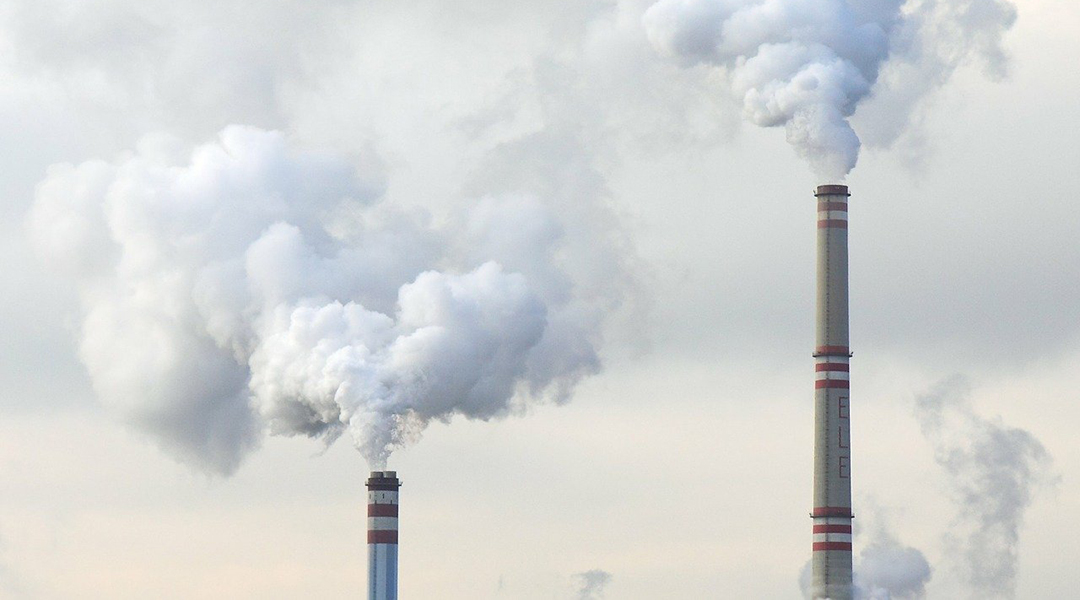

Engineers find a neat way to turn waste carbon dioxide into useful materials for industrial products like fuel and plastics.
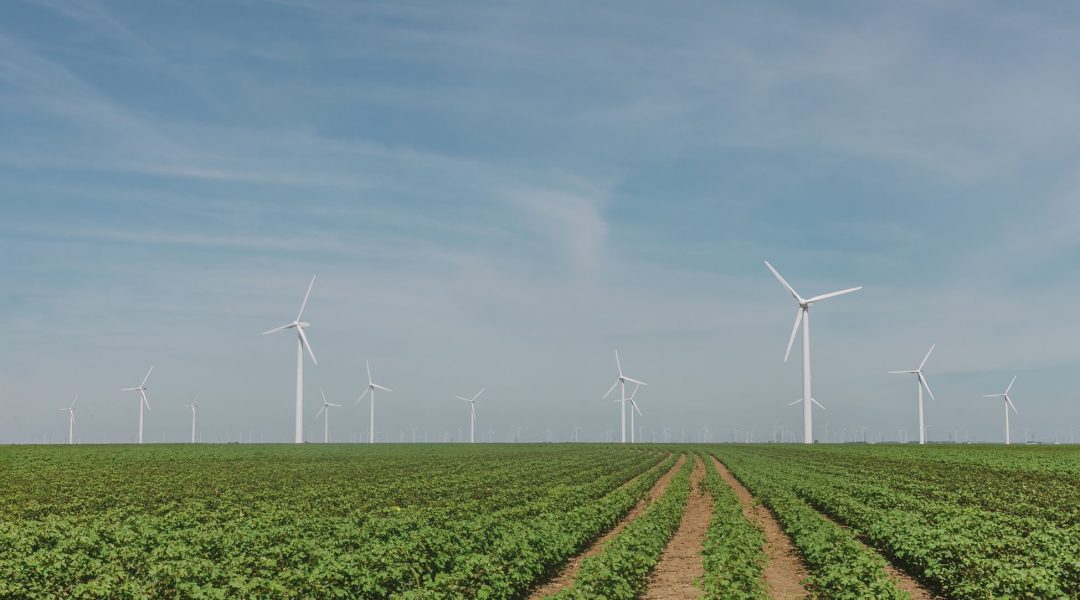
Implementing fully-inverter-based power systems on a large scale may be possible using wind and solar power.
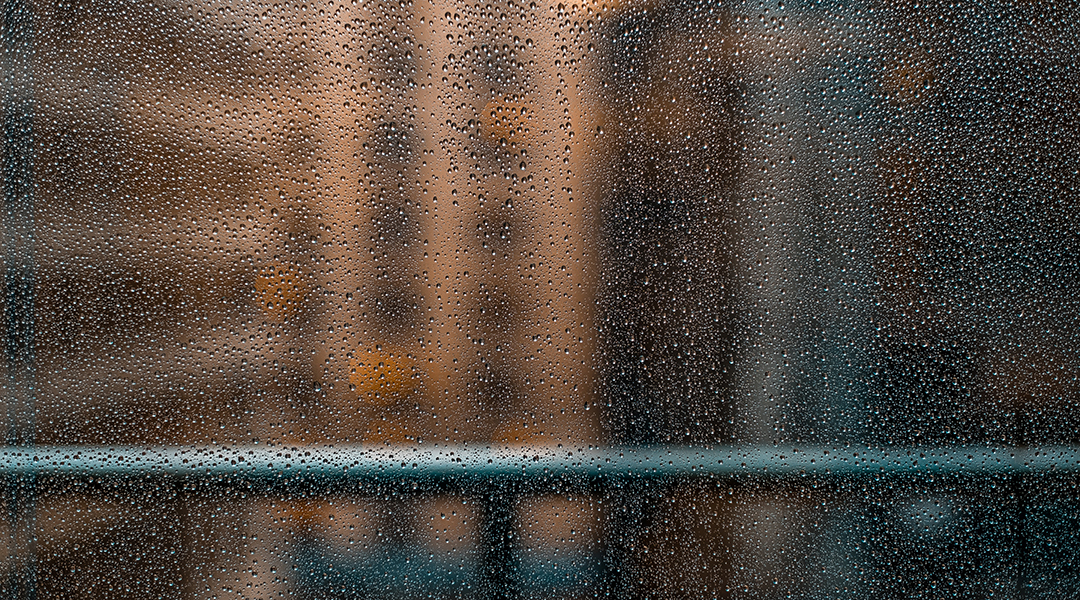
A new filter structure that expands and contracts as moisture levels change provides the first steps in create humidity-responsive smart windows.

Zinc metal batteries built using a novel hydrogel electrolyte show remarkable performance and processability, making them suitable for the next generation of wearable energy storage devices.
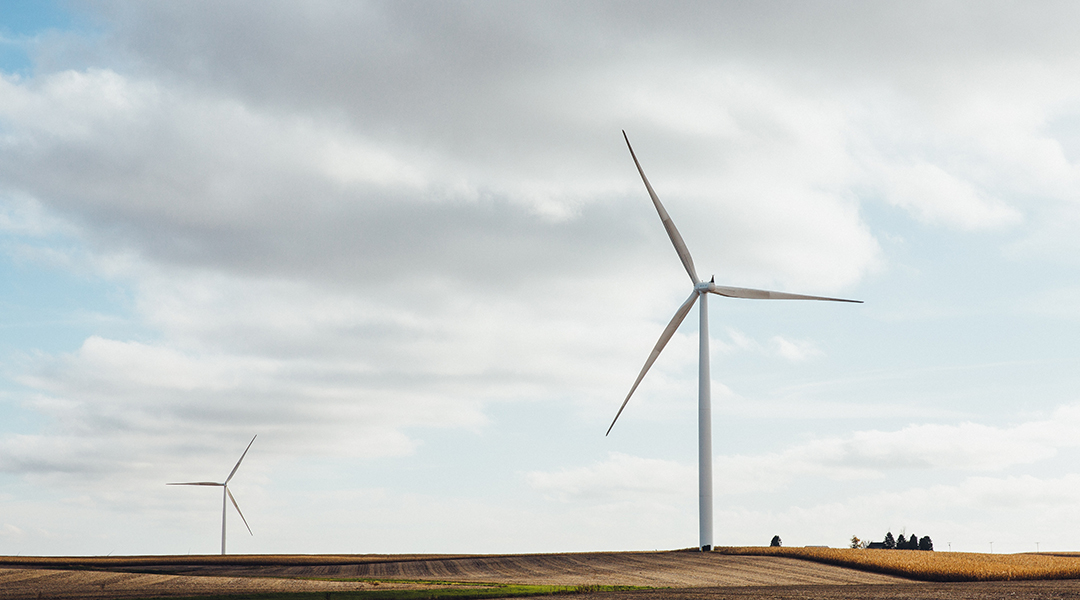
Experiments find the sweet spot for surface area and bubble trapping to create more efficient water-splitting devices.
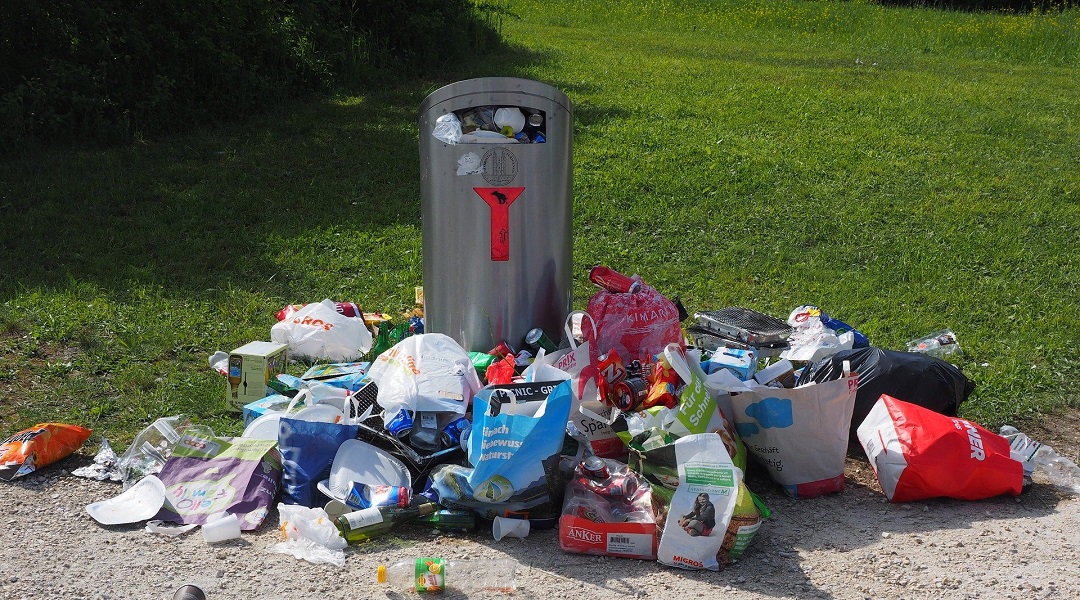
Chemical transformation of waste plastics into value-added chemicals can be a convenient avenue to supplement current recycling processes.
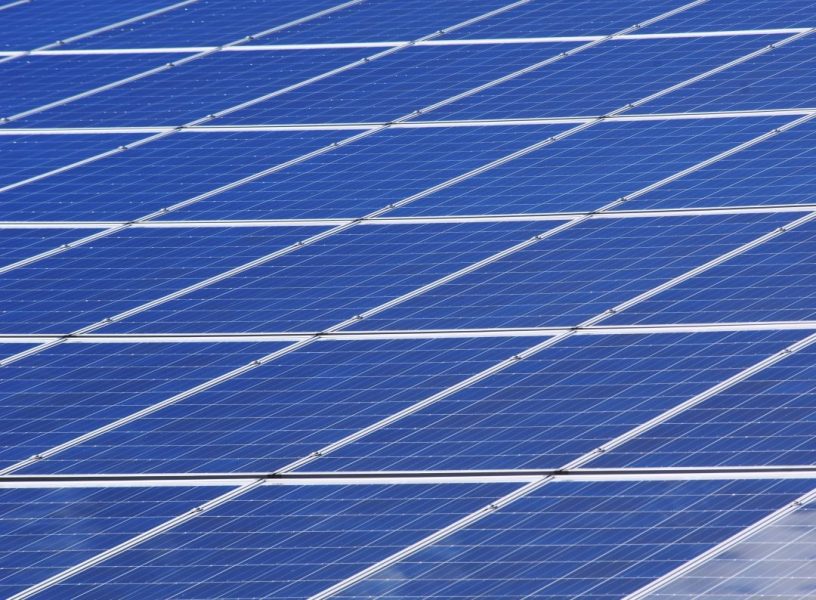
A group of researchers from Freiburg present a new tandem solar cell to break through current theoretical limits..

Flexible perovskite photovoltaic cells on ultra-thin glass achieve remarkable efficiencies under indoor illumination.
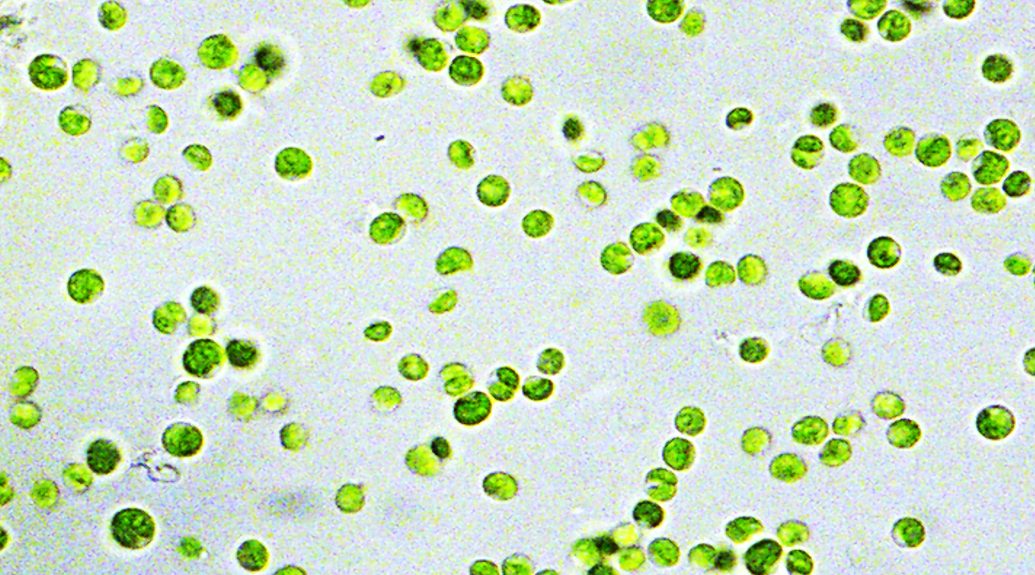
A new approach drastically improves the amount of energy harvested from microalgae for sustainable bioenergy.
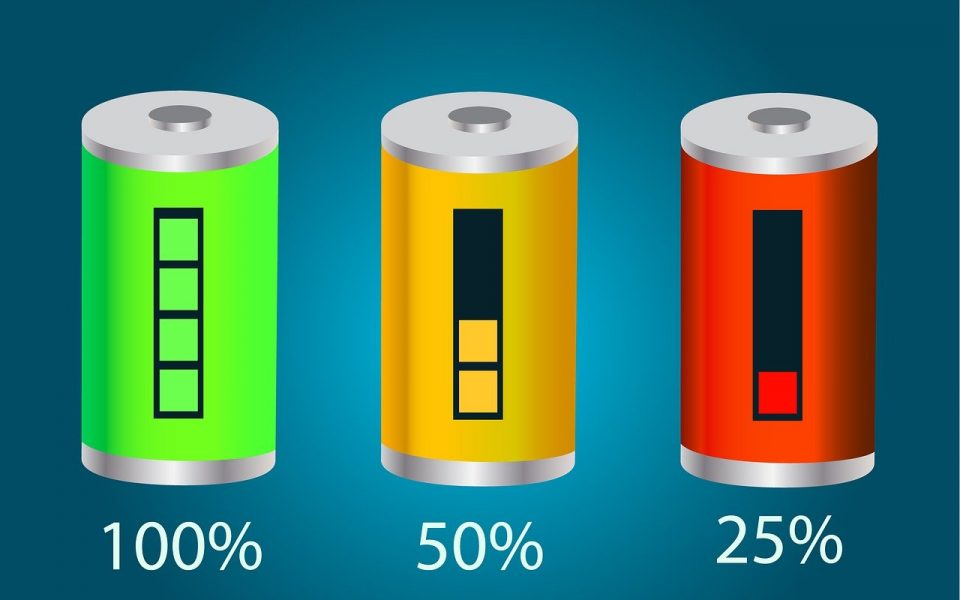
A new dielectric coating could help solve a long-standing problem and enhance the performance of lithium-rich materials.